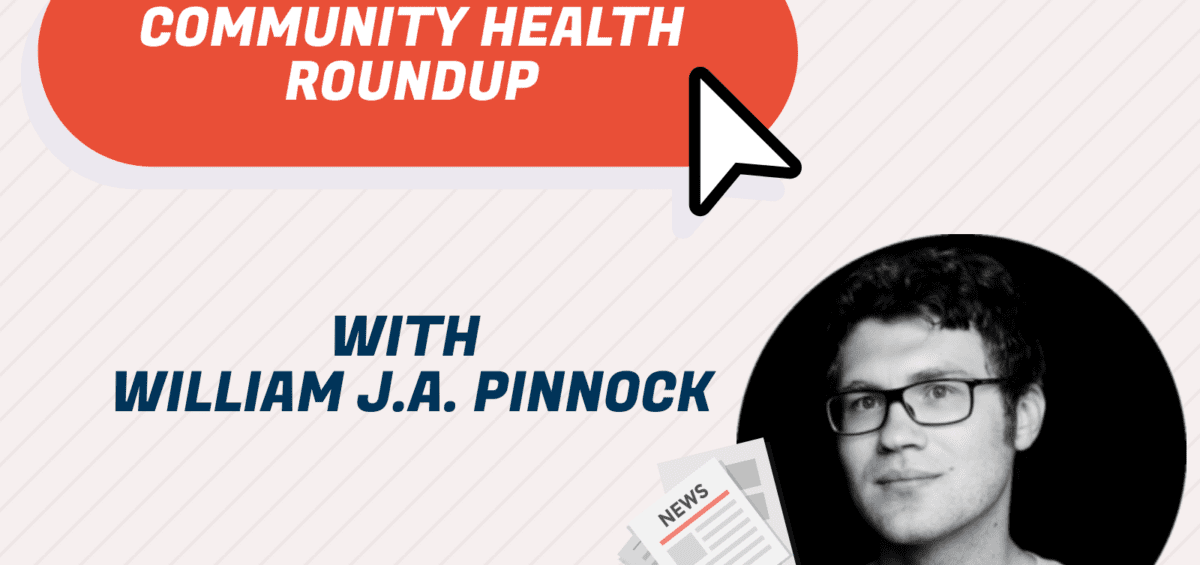Hello readers and welcome to another installment of your favorite health news roundup! This week we are looking at how data can be used to improve hospital visits, the healthcare of DACA recipients, how payers are focusing more attention on social determinants of health, and a new program that is using art to combat obesity and diabetes.
(Setting): A doctor’s office. You enter through the door and sit in a cushioned chair, it’s a bit chilly in the room. You pull out your cellphone to do some light reading when suddenly Dr. Intelligent Medical Robot rolls in and a voice emanates from the speaker where it’s mouth should be: “11110001010101010001111000111000000110010”.
You nod your head. “Really, I’m at risk for C-diff?”
“11001011,” the computer says.
“How do you know? I wash my hands, keep proper hygiene.”
“010”, Dr. Robot explains.
“Ok, so let me get this straight Dr. Robot, you are telling me there is a computer algorithm that has been designed by an infectious-disease specialist from Massachusetts General Hospital and a computer scientist/assistant professor at the University of Michigan that can help predict whether someone is susceptible to acquiring a C-diff infection? Wow, that’s amazing! What a world we live in. Thank you Dr. Robot.”
“101”
(End Scene)
While Dr. Robot is a work of fiction, this scene, much like an episode of Law and Order, is ripped from the headlines: there is an algorithm being tested right now to help predict C.diff infections in patient populations and others are being tested for other conditions. Read more about this algorithm and it’s applications in medicine here at the Washington Post.
There is much debate in Washington, D.C. right now about the future of DACA recipients, but one topic often ignored in the discussion is the health of those young Dreamers and the health disparities they face. Head over to Health Affairs to learn more about the unique challenges these individuals face.
Social determinants of health. I keep writing about them and you keep reading about them, and for good reason, it’s a fascinating topic. But it’s not only you and me that’s paying attention, payers are starting to look at social determinants and realizing they need to be addressed. That is why now 80% of payers are aiming to expand value-based reimbursement and are working to improve consumer engagement. Read more about payer reform for social determinants of health here.
What do you get when you mix art educators, public health experts, and a non-profit arts group out of the University of California, San Francisco School of Medicine? You get “The Bigger Picture” program which is looking to confront obesity and diabetes through art. The program features poet mentors and doctors who conduct workshops in underserved communities that include information on the obesity epidemic and also a platform for community youths to “perform their poems live at public high schools and turn them into music videos filmed in their local neighborhoods.” Read more about The Bigger Picture over at the New York Times.
William Jacob Amadeus Pinnock is a Research Coordinator at OCHIN where he assists with the creation, execution, and dissemination of research projects. He graduated with an MS in Communication from Portland State University where he focused on health communication, rural mass media, and qualitative research methods. He has experience working in commercial health insurance, healthcare research, and radio broadcasting. In his spare time, he is an Adjunct Instructor at Portland State University helping students master the art of public speaking.






